By_shalini oraon

the topic of EPF withdrawals and their impact on retirement savings.
—
The Leaking Corpus: How Pre-Retirement Withdrawals Are Undermining India’s Employee Provident Fund
The Employees’ Provident Fund Organisation (EPFO), with over 270 million subscribers, is the bedrock of retirement security for India’s organized workforce. It represents a grand social contract: a portion of an employee’s salary is diligently saved and compounded over decades, creating a substantial nest egg for their non-earning years. However, recent data reveals a alarming trend—this carefully constructed edifice of financial security is springing leaks. A surge in pre-retirement withdrawals is systematically draining the retirement corpus of millions of employees, raising profound questions about present-day financial stress and future impoverishment.
An analysis of the EPFO’s annual reports and recent disclosures paints a stark picture. While new enrollments are robust, a significant portion of active subscribers is not allowing their funds to mature. The most recent data indicates that while the EPFO settles tens of millions of claims annually, a worrying proportion of these are not final settlements upon retirement, but partial withdrawals during an employee’s working life. This trend suggests that the EPF is increasingly being used not as a retirement vehicle, but as a contingency fund for mid-life financial crises.
The Data: Tracing the Outflow
The numbers tell a compelling story. The EPFO allows for partial withdrawals under specific circumstances, and the uptake of these facilities has been significant.
· The Pandemic Catalyst: The COVID-19 pandemic was a watershed moment. To provide a financial lifeline, the government allowed unprecedented non-refundable withdrawals from the EPF under the Pradhan Mantri Garib Kalyan Yojana. While this provided crucial immediate relief, it set a precedent and normalized the idea of dipping into one’s retirement savings for current needs. Crores of rupees were withdrawn, permanently depleting long-term savings.
· Pre-Retirement Withdrawal Reasons: Beyond the pandemic, the primary reasons for withdrawals, as permitted by EPFO rules, include:
1. Medical Emergencies: For treatment of self or family during illness.
2. Marriage/Education: For the marriage of self, children, or siblings, or for children’s post-matriculation education.
3. Home Loan/Purchase: For the repayment of a home loan or the purchase/construction of a house.
4. Unemployment: After two months of continuous unemployment.
While these provisions are socially necessary and provide a valuable safety net, the scale of their usage indicates a deeper problem of inadequate emergency savings and widespread financial fragility among the Indian middle class.
The Hidden Cost: The Tyranny of Lost Compounding
The immediate impact of a withdrawal is the reduction of the principal amount. However, the true, devastating cost is the loss of future compounding. The EPF offers a unique, government-backed, tax-efficient return that is nearly impossible to replicate in other safe investment avenues. When a subscriber withdraws ₹1 lakh today, they are not just losing that ₹1 lakh; they are forfeiting all the future interest that sum would have generated over the next 10, 20, or 30 years.
A Simple Illustration:
Imagine two employees,A and B, both aged 30. Each has a corpus of ₹5 lakhs in their EPF account. Employee A faces a financial emergency and withdraws ₹2 lakhs. Employee B manages without tapping into their EPF.
Assuming a conservative annual interest rate of 8%, let’s see the value of their corpus at age 60:
· Employee A: Withdraws ₹2 lakhs, leaving ₹3 lakhs. After 30 years, this grows to approximately ₹30.18 lakhs.
· Employee B: Does not withdraw. The original ₹5 lakhs grows to approximately ₹50.30 lakhs.
By withdrawing ₹2 lakhs at age 30, Employee A has not just reduced their final corpus by ₹20 lakhs (the principal difference), but by a staggering ₹40.12 lakhs when the power of compounding is factored in. This “opportunity cost” is the silent killer of retirement dreams.
The Underlying Causes: Why Are Employees Draining Their Future?
The propensity to withdraw is not merely a matter of financial illiteracy; it is a symptom of several systemic and social issues.
1. Inadequate Liquid Savings: Most Indian households do not have a sufficient emergency fund covering 3-6 months of expenses. When a crisis hits—a medical emergency, a job loss—the EPF becomes the most accessible and largest pool of savings.
2. Stagnant Wages and High Inflation: For a large section of the workforce, wage growth has not kept pace with the rising cost of living, especially in urban areas. Discretionary income is squeezed, leaving little room for savings beyond mandatory contributions. The EPF then becomes a source for funding major life events like marriage or a home down-payment.
3. Lack of Financial Literacy: Many subscribers, particularly younger ones, do not fully grasp the long-term consequences of an early withdrawal. The immediate need overshadows the abstract concept of a retirement that is decades away.
4. The Culture of “My Money, My Choice”: There is a growing sentiment that since the EPF contribution is part of one’s salary, one should have the right to use it when needed. While valid, this view often underestimates the forced-saving discipline that the EPF provides.
The Broader Implications: A Looming National Crisis
If this trend continues unchecked, the consequences will be severe, both at an individual and a national level.
· Individual Old-Age Poverty: Millions of retirees will find their EPF corpus grossly inadequate to maintain their standard of living in the face of rising healthcare costs and inflation. This could shift the burden of their support back onto their families or the state.
· Strained Social Security Systems: A generation with insufficient personal savings will put immense pressure on other, already fragile, public social security nets.
· Reduced National Savings: The EPF is a massive source of long-term domestic capital, crucial for funding the nation’s infrastructure and development projects. Large-scale outflows can impact the availability of this capital.
The Way Forward: Plugging the Leaks
Addressing this crisis requires a multi-pronged approach:
1. Strengthening Financial Literacy: The EPFO, in collaboration with employers, must launch robust campaigns that visually demonstrate the long-term impact of early withdrawals. A mandatory counseling session before processing a withdrawal could make subscribers think twice.
2. Promoting Alternative Credit: The government and financial institutions could create products tailored for medical or housing needs that use the EPF balance as a security but do not require its liquidation, allowing the corpus to continue growing.
3. Encouraging Voluntary Contributions: Subscribers should be educated about the benefits of the Voluntary Provident Fund (VPF) to build a larger, more resilient corpus that can withstand a partial withdrawal without completely derailing retirement goals.
4. Building Emergency Funds: Policymakers and employers should encourage and facilitate the building of separate, liquid emergency funds, perhaps through automated payroll deductions into a liquid savings account.
The EPF was conceived as a fortress for one’s golden years. It cannot be allowed to become an ATM for life’s inevitable emergencies. The recent data is a clarion call for all stakeholders—the government, employers, and employees—to recognize the gravity of the situation and act decisively to safeguard the financial future of India’s workforce. The security of a generation depends on it.
Discover more from AMERICA NEWS WORLD
Subscribe to get the latest posts sent to your email.
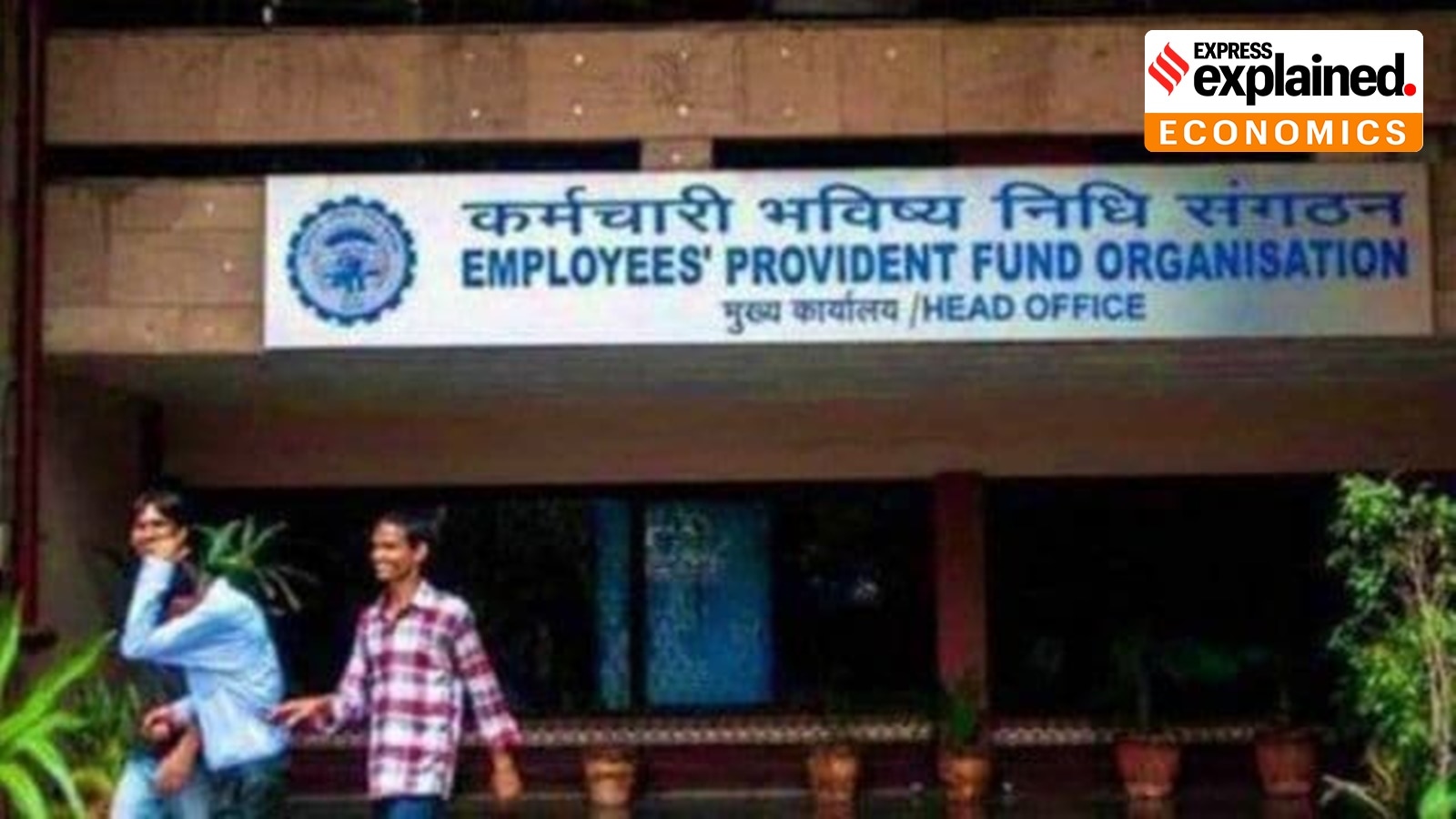



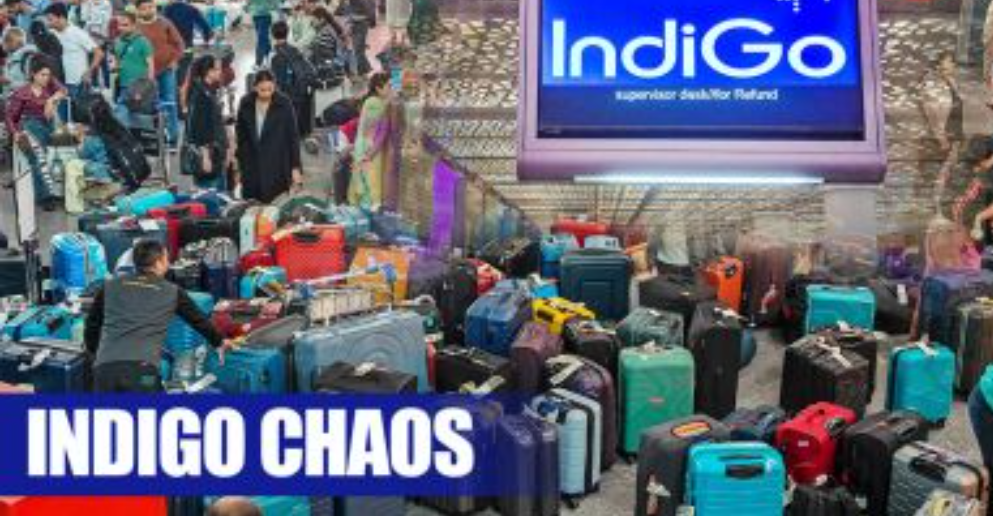
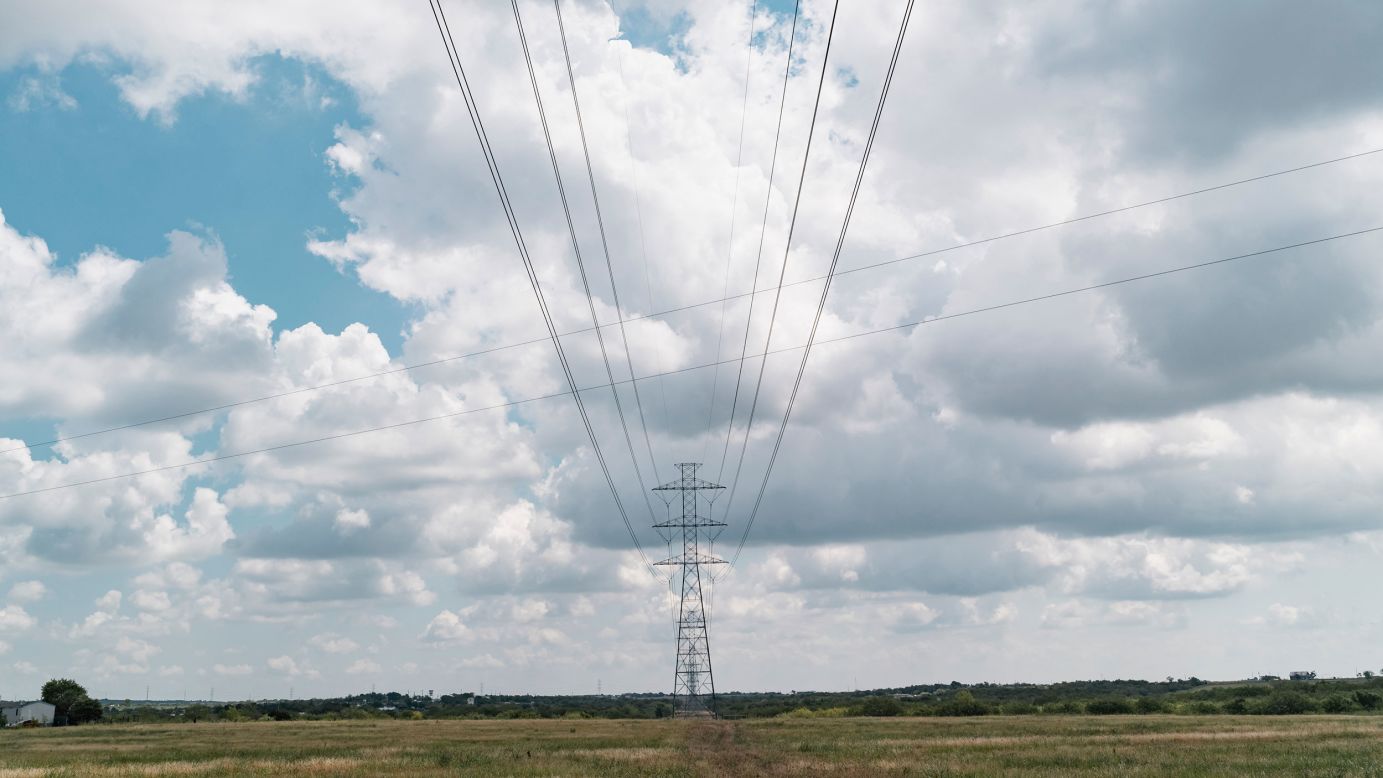




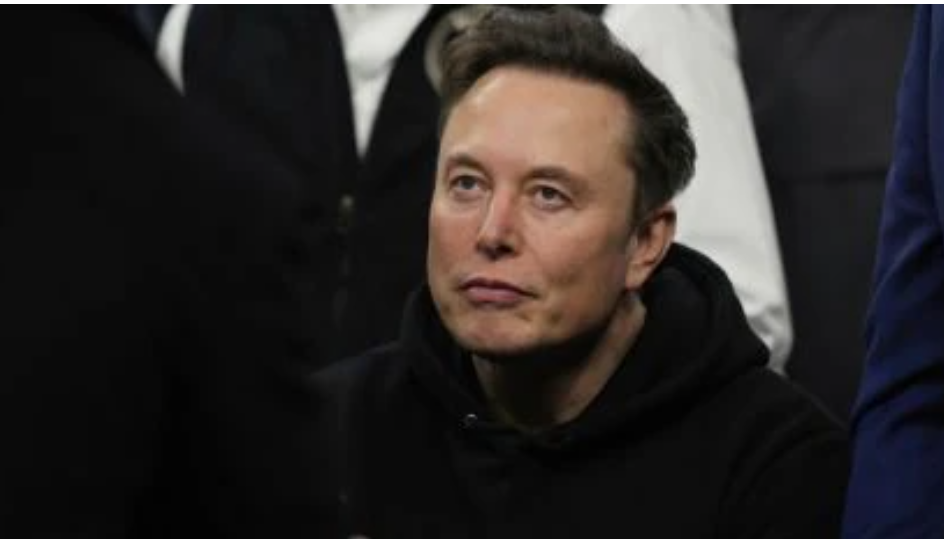
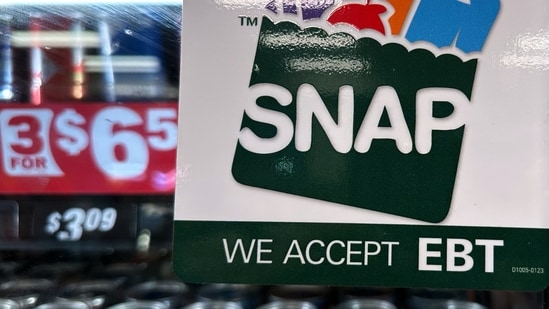

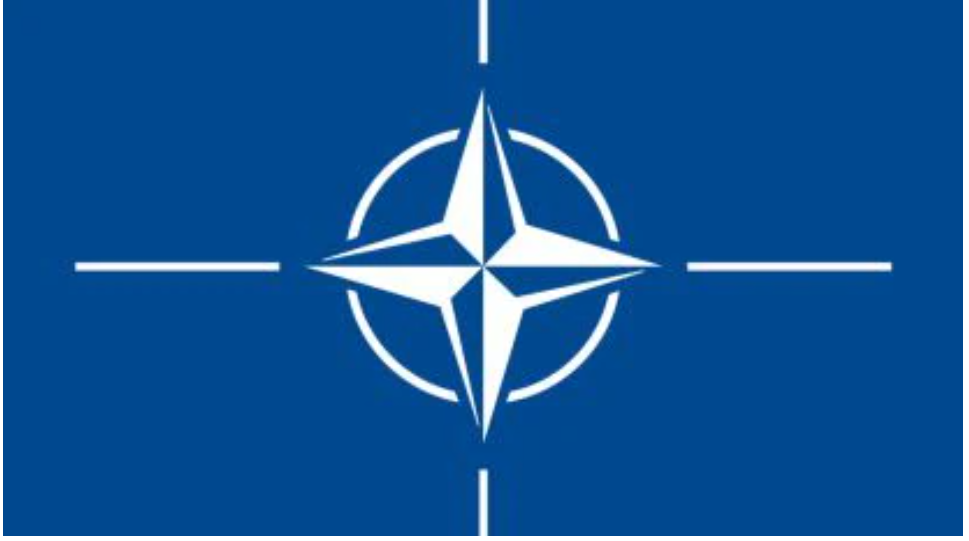





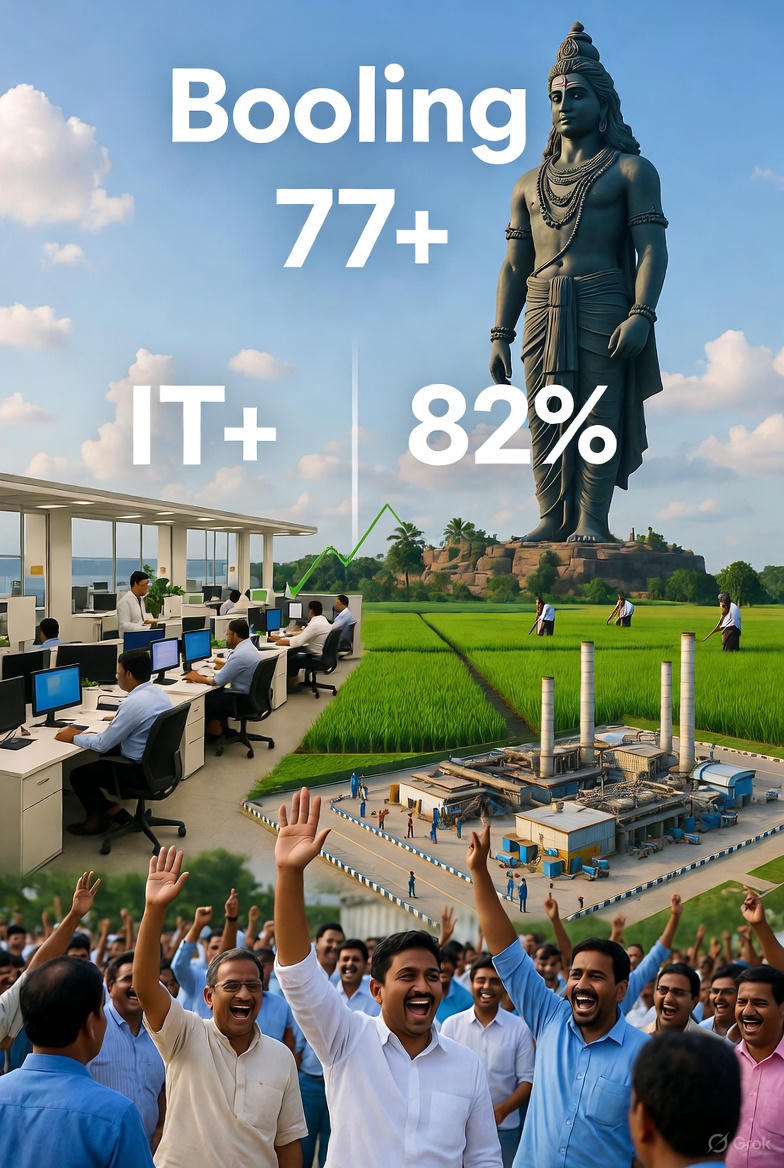



















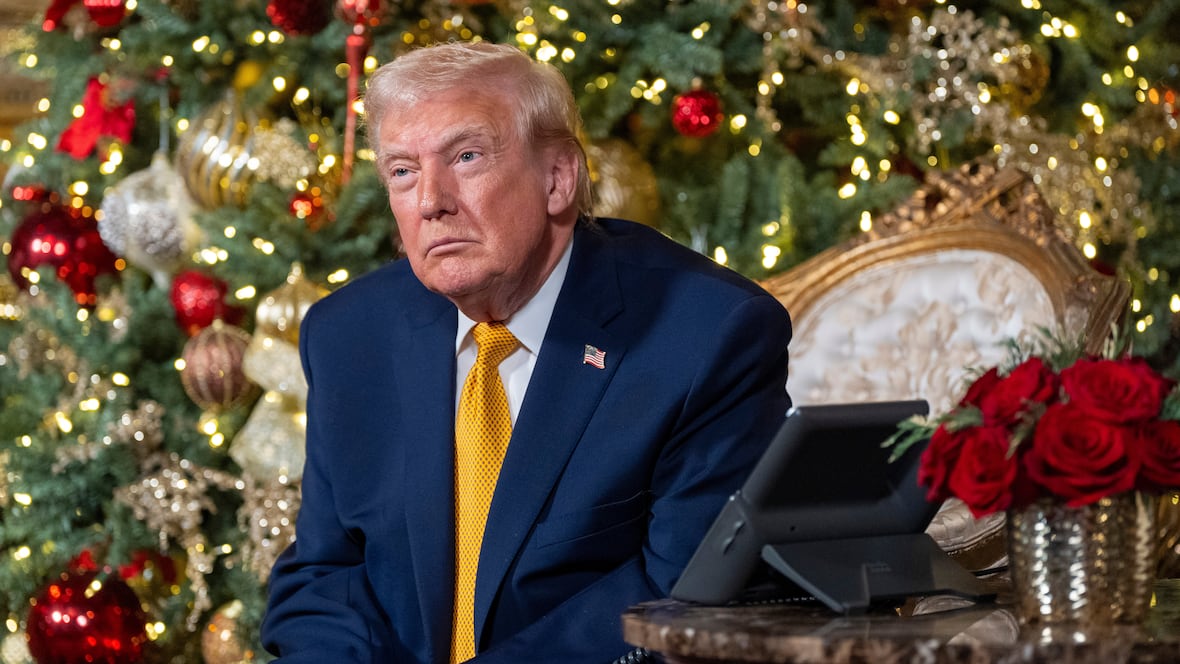

Leave a Reply